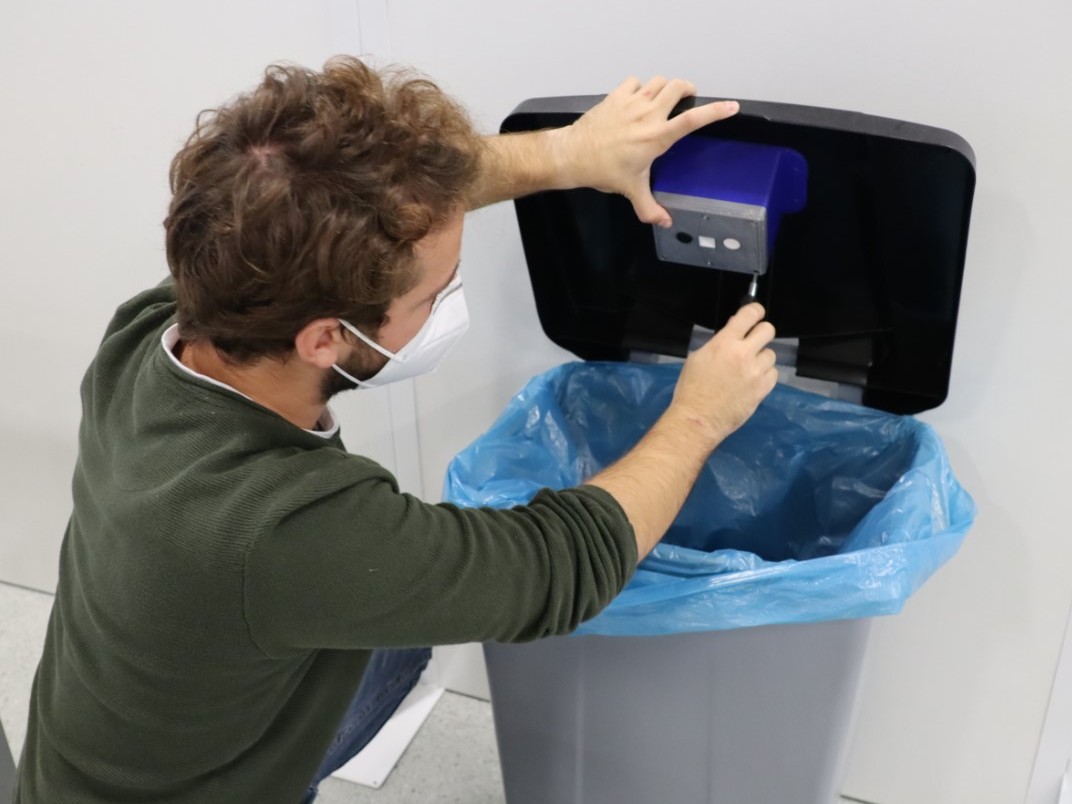New Sensors Aim To Increase The Value Of Urban Biowaste
If you are like me, you dread taking out the rubbish every week. It’s probably the combination of descending multiple flights of stairs, stumbling in the pitch-black basement and the unmistakable scent of my neighbours’ garbage to let me know I’ve arrived. This arduous experience could at least become less malodorous in the future thanks to a new smart sensor technology being developed within the SCALIBUR project. “We are working on a small device which is placed inside organic waste containers to monitor the build up of gases” explains Miguel Ángel Górriz Peris, Project Specialist at ITENE, coordinators and technical partners of the SCALIBUR project, “by correlating the data with aerobic or anaerobic processes and other biological parameters, we can see how full the container is as well as the level of degradation.” Based on this real-time information, waste managers can prioritise containers for collection. While this could help ensure my waste is taken away before it gets too smelly, there is actually a more serious reason for optimising organic waste collection in this way. “Biowaste represents an interesting new material to be used in manufacturing bioplastics and other biobased products” Miguel explains “but it loses a lot of its valuable properties if left to degrade for too long.” To automate the whole process ITENE are working on a collection algorithm. “All this data feeds into a platform which shows the optimal route for the trucks to take based on the values plotted from the sensors. If the sensors inform us that the biowaste in a certain container is losing quality, that container would have preference to be collected first.” “Our solution allows cities to set minimum quality parameters and the algorithm will develop routes around that. So this technology represents a great opportunity, not just for waste managers, but for all the actors along the value chain to capitalise on the potential of biowaste.” For now, Miguel and his team are finishing the final laboratory tests on the sensors before travelling to Kozani, in northern Greece. The trip gives ITENE the opportunity to test the sensors in a real-world environment and provide even more data on their use. Municipal waste managers in Kozani will be trained on how to access and monitor the readings but Miguel assures me that just like everything else nowadays, there’s an easy-to-use app which displays the various readings in real-time. Like with almost any technology, Miguel admits there still remains the challenge of scalability, especially once the pilot is ramped up from several containers, to several hundred, but so far the sensors work efficiently and reliably. While these are still early stages of the project, it certainly gives hope to the future of urban bioeconomy, and those of us who dread the weekly garbage duties. This article is part of a series on ‘Urban circular bioeconomy innovators’, find out more at www.scalibur.eu. Text: Daniel Lissoni, Greenovate! Europe.



